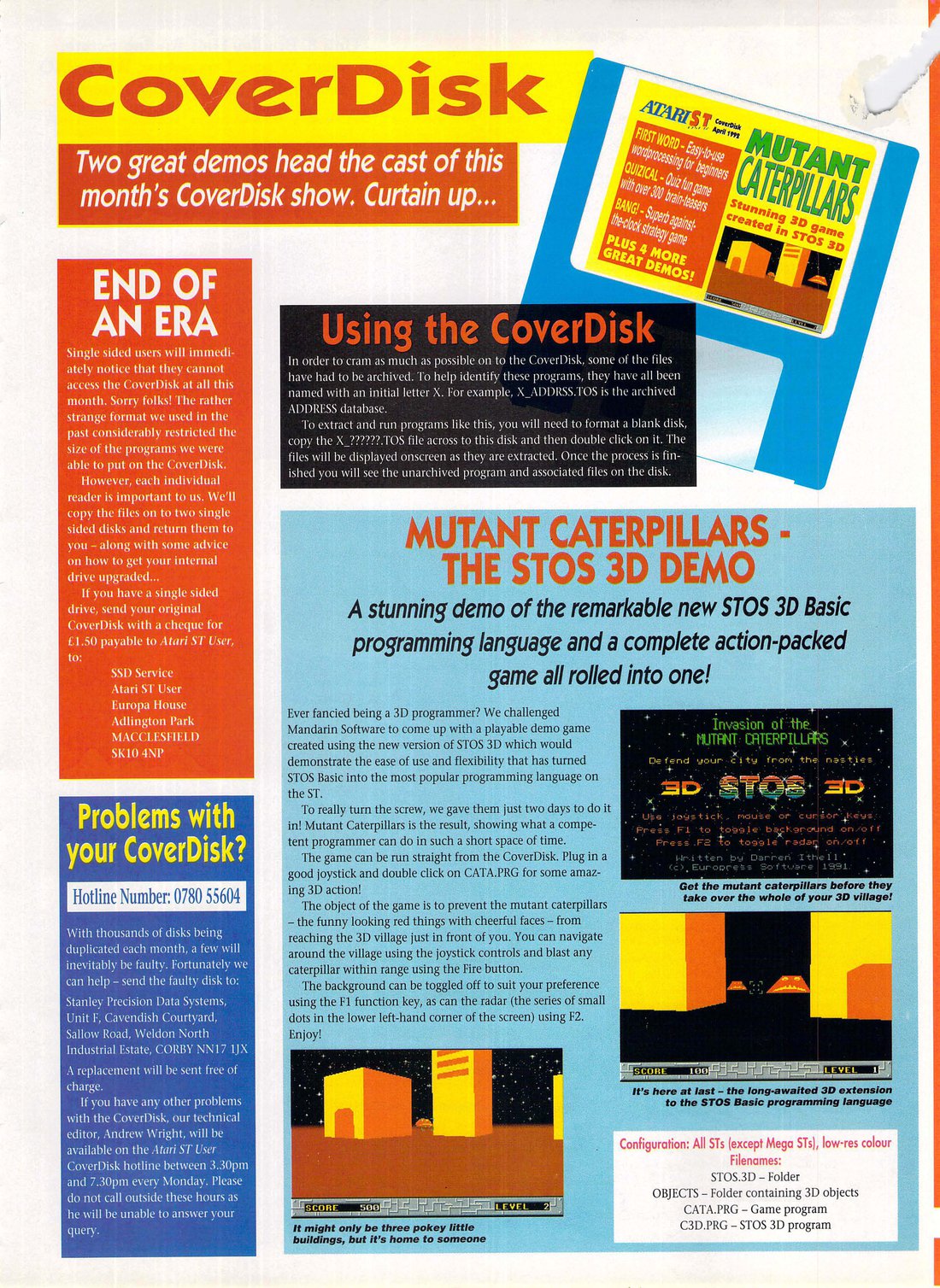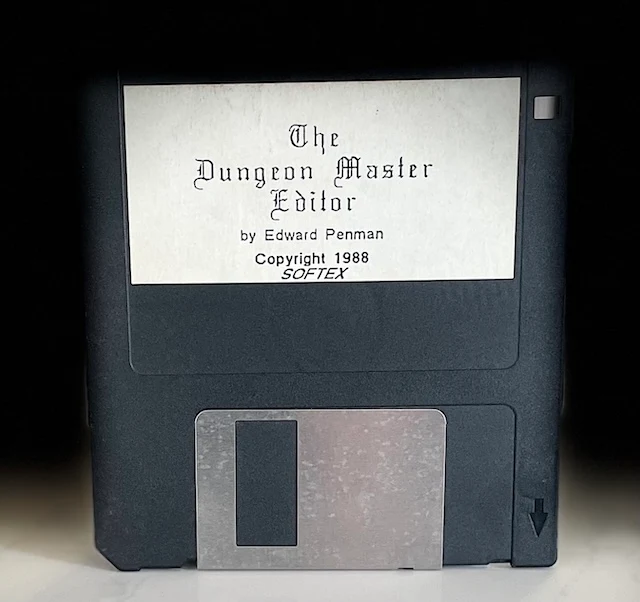Grinding
Of course, I didn't have the right team as previously mentioned. Yep, I had to make changes after losing my terribly weak wizards. Ah, well live and learn. So, venturing forth like the fool I am, I remembered what Jeff mentioned in his video. Grinding is the best way to begin the adventure because level-one characters are weak and easily fall victim to their enemies. Sure, it takes time but it's better to be stronger.
As with the Temple Of Apshai, the world of Phantasie isn't randomly generated and designed specifically for the quest. However, the encounters are and will happen anytime, usually when you least expect it. When you're called into battle, there are options to consider: Beg For Mercy, Threaten, Greet, Fight, and Flee.
It's usually a good idea to greet your prospective foe as you won't lose a turn and being nice costs nothing. If it works, they shall greet you before scarpering. Sadly, that means no rewards or XP. So it depends on the needs and requirements at that stage in your adventure. Of course, all this depends on the enemies as I've never been able to greet Bantir or Slime. Don't bother with the Black Knights, they aren't listening!
Begging for mercy is a bad idea in most circumstances because they will take your gold and self-respect. Threatening is exactly what you would imagine and often fails against something that couldn't communicate in the first place. So, that just leaves Fleeing, which is an option during a losing battle?
That means we are left with the noble action of fighting, which is one of the reasons we're playing this game! Phantasie has an enormous range of different monsters who are presented in ranks before our mighty warriors. This is physical and something to consider when choosing each character's relevant actions.
For example, a warrior who attacks or slashes has his actions directed at the closest rank. Whereas a lunge can hit the enemy deeper down. Thieves are sneaky with a stealthy option to hit any rank you like. Spellcasters appear to prefer attacking those further away, which balances nicely with our melee counterparts. Parry is best used when you wish to keep someone safe and when it's not necessary to take action.
The Coyote is a common enemy and I thought about threatening them (ha!).
Instead, I went for the fight. My spell casters and the thief hit the ones further back.
My clubbers hammered the one at the front and put in a few lunges.
All died!! I won!! Oh, yeah ;)
Instead, I went for the fight. My spell casters and the thief hit the ones further back.
My clubbers hammered the one at the front and put in a few lunges.
All died!! I won!! Oh, yeah ;)
Kill 'Em All!
All battles are turn-based, which gives plenty of time to manage your side of the conflict. It pays to calculate your actions against the particular enemies in their respective positions. Winning earns xp for the team - to be used to manually level up any character. You could even find the odd item like a weapon for example.
As you grind, watch each character's health and magic points. It's no good staying out in the field and risking dying. Nor is it a good idea to remain if all your wizard's MP is expired. This is the grind; fight, fight some more, but know when to head home. Don't stretch your resources too thinly - replenish yourselves in town.
It's this part of the game where Phantasie confused me a bit. You can't use your XP to level up while out in the field, nor can you manage your gold or the items you've collected. There were moments when I knew we had found a great weapon, yet I couldn’t use it or give it to anyone. Everything like that has to wait until you're back in town. It’s not a huge issue and soon became second nature, but newcomers will get caught out.
So, whenever you enter a town you can distribute all your earned wealth accordingly as you see fit. Check your bank balance, as each party member has their own account - plus you can pool funds for gear and training (levelling up). And that is always a manual process that can only be done at the Guild. Oddly, your inventory can only be shared out (or sold) at the Inn. That was strange as I expected to use the store.
Phantasie I is quirky in many ways but certainly nothing bad. It's old, so I can forgive its lack of an obvious design. Just remember, manage your band of merry men in town. Outside in the field is for fighting monsters and exploring. I must get used to this restrictive leash as I plod on killing the endless hoard.
I hope you have enjoyed "part three" of my Quest into the world of Phantasie. I'm really enjoying this. Yes, it's old but it's new to me and I'm loving it. If you would like to read the first two parts then click here. This post is dedicated to John Heritage who kindly bought me a few beers specifically for this great game:)
To sum up, this is a brawler's dream and I'll leave you with some screenshots...
As you saw, the coyotes are in ranks so it's worthwhile also throwing a few lunges.
The dreaded Black Knights. Don't bother greeting this lot. Flee!!
The guild offers a good opportunity to view stats and much more
This is the "Skills" option from the above screenshot (for my thief)
The Inn is where we distribute all weapons/items to your party.




















































